Curriculum Blog
Computer Science Education Week 2020
You may wonder, how far can you go in one hour? Hour of Code believes that you can change the world! 7th-13th of December is Computer Science Education Week (CSEdWeek) — it is an annual event aiming to get students excited about computer science by trying “an Hour of Code”

Hour of Code started as a one-hour introduction to computer science, designed to demystify “code” to show that anybody can learn the basics and to broaden participation in the field of computer science. It has since become a worldwide effort to celebrate computer science, starting with 1-hour coding activities but expanding to all sorts of activities within school communities and beyond.
The goal of Hour of Code is not to teach anybody to become an expert programmer in one hour but is designed to make coding accessible for all and show that it can be both creative and fun.
The Hour of Code is an opportunity for every student to try computer science for one hour. You can also teach the Hour of Code all year-round. Tutorials work on browsers, tablets, smartphones, or why not take part in an “unplugged.” activities were you don’t even need to use a device.
To get you started on your coding LGfL’s computing portal found at Computing.lgfl.net has a range of resources to support you, not just for an hour or for the Computer Science Education Week or for even just computing science, but the whole of your school’s computing curriculum. This portal is designed to help computing leaders by showcasing how LGfL resources support the computing curriculum; breaking down our award-winning content into the computing stands of Computer Science, Information Technology and Digital Literacy.

In the resource centre, you will also see a link to other organisations that are passionate about supporting computer leaders and the subject of computing, all of the external links provide outstanding support that is free to use and highly recommended by me.

I know how hard it can be to keep up to date with current computing research so I have added a section in the computing resource centre that showcases research reports that will help build a better understanding of the current climate of computing.

Finally, I have added a video section which showcases the cream of the crop of videos from LGfL TV with videos from our curriculum conferences that hopefully will inspire you to think about computing differently.

To introduce the key computing concepts, we have Spotlight on Computing a resource which “glues” together resources found in the Energise LGfL award-winning portfolio of curriculum resources. Computing Spotlight is not a scheme of work but has been designed as a way of introducing core concepts and to help teachers and students understand the basics of computing with simple to follow lessons.
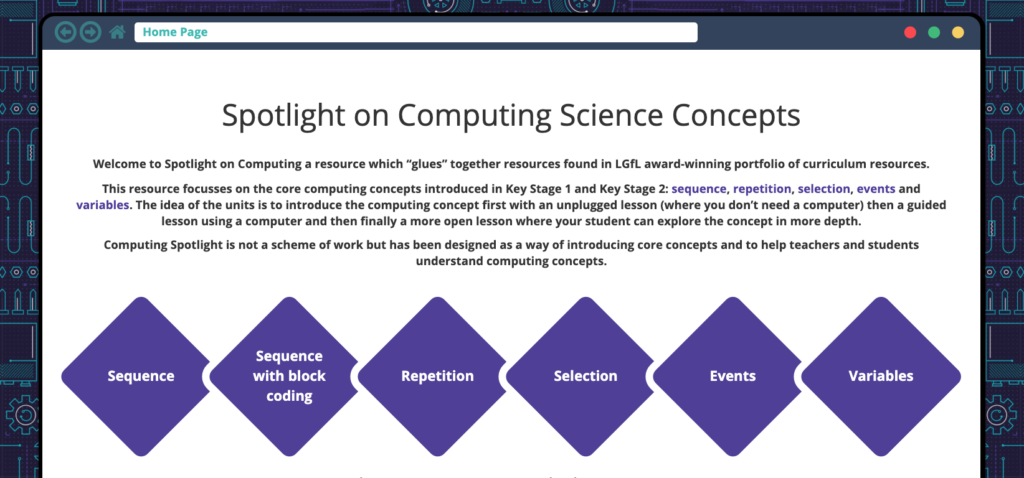
This resource focusses on the core computing concepts introduced in Key Stage 1 and Key Stage 2: Sequence, Repetition, Selection, Events and Variables. Each unit has three lessons made in Powerpoint and provides an idea to form a fourth lesson.
The idea of each of these units is to introduce the computing concept first with an unplugged lesson. Unplugged coding aims to teach programming concepts through the use of games or activities that can be done offline using tangible objects, such as paper and marker pens. The activities allow children to participate in kinesthetic opportunities that help them relate the concepts they are learning in their own lives.
The next part is a guided lesson using a computer and focuses on using Busy Code found in Busy Things The students are introduced to coding and taught the fundamentals of how to create, run and debug simple programs. In other words, they can have lots of fun making Busy Things’ Beard Man walk and dance!
Code Disco is a great way for children to learn coding basics through to repeat loops, conditionals, events and variables. The programs are built by linking simple blocks together, with an easy to use drag and drop feature.
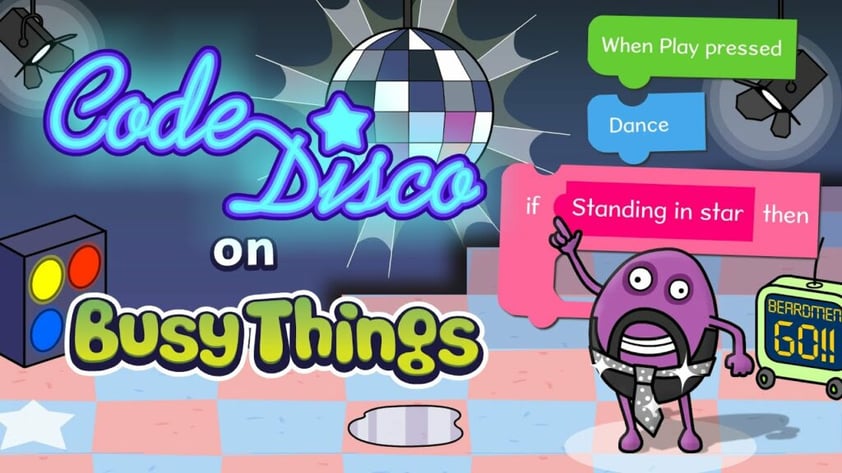
The lessons are broken down into three parts and are scaffolded, supportive and perfect for beginners to block coding.
Tutorials – simple and fun – introducing new programming concepts step by step.
Challenges – children are given problems to solve using the concepts that have been introduced in the tutorials.
Projects – open-ended tasks that let children experiment with the concepts they have learnt; allowing them to be creative and see how the changes they make can alter the program.
The third part of the lessons is a more open lesson where your students can explore the computing concept in more depth using the J2e Toolsuite coding platform j2code. This award-winning coding resource offers four differentiated platforms; within Spotlight on Computing we focus on two parts of the j2code platform:
JIT Turtle - is aimed at the youngest learners and starts to introduce all of the important concepts of programming and is used in the first lesson in the Computing Spotlight. Pupils begin by simply clicking an on-screen turtle or sprite to move it, turn it or put a pen up or down. As well as moving the sprite it builds up a simple program as a series of commands in a separate window. As a user becomes more confident they can move to an advanced mode where the turtle does not perform the actions until the program is run. This is a perfect compliment to motorised floor turtles or other activities
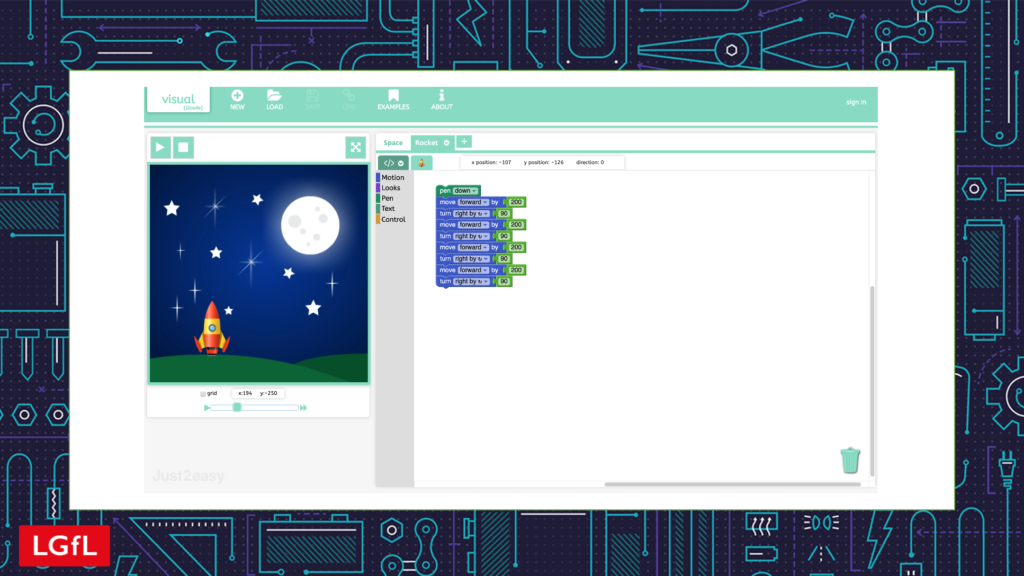
Visual – The visual programming language is a familiar, block-based programming tool. Starting with the simplest of programs, pupils can progress to a high level of sophistication which will keep them engaged and motivated. There are three differentiated levels which enable pupils to work independently without unnecessary clutter and distraction of script that they do not understand or need.
In Spotlight at the end of each unit, I have added an extension activity for students to continue to use the particular computing concepts for another lesson which can link to other areas of the curriculum. For example, using Visual and the concepts of inputs in j2code to create an interactive water cycle.
Not only does Computing Spotlight provide you with eighteen lessons to support with the teaching of computing but I have also listened to what computing leaders need and want within their roles and added a computing skills road map (in two formats) and a computing subject intention statement.
Not only do you get Code Disco in Busythings, but you also have access to Beardman Adventures get on your explorer’s hat and join Beard Man on his adventures to find treasure; there are 9 adventures in total with over 45 levels. In each level, children must write code to direct Beard Man through a series of chambers, avoiding hazards such as trap doors and lava pits.
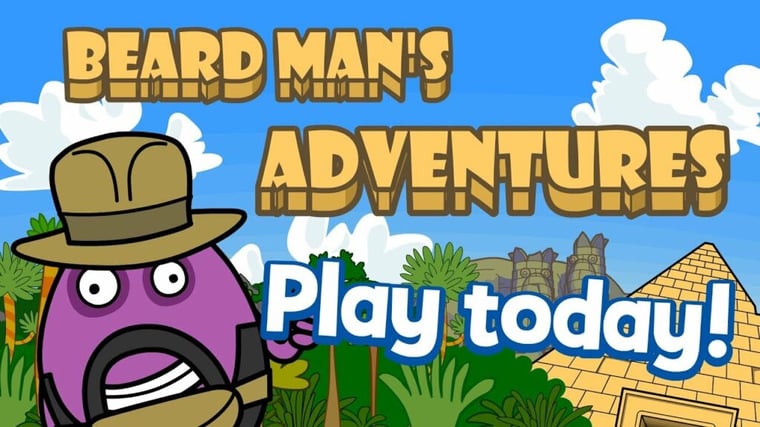 To complete a level, children must help Beard Man solve a puzzle to open a treasure chest, and then escape a final chamber before the gate closes. Beard Man Adventures includes short tutorials to introduce the new concepts and blocks used in the adventures. The adventures are designed to get progressively harder, beginning with basic programming, moving onto repeat loops and more advanced programming concepts. Working through the levels in the order they are presented is recommended.
To complete a level, children must help Beard Man solve a puzzle to open a treasure chest, and then escape a final chamber before the gate closes. Beard Man Adventures includes short tutorials to introduce the new concepts and blocks used in the adventures. The adventures are designed to get progressively harder, beginning with basic programming, moving onto repeat loops and more advanced programming concepts. Working through the levels in the order they are presented is recommended.
You also can find a range of coding activities for your younger learners, inside of Busy Things in the Early Code selection.

Computer Science Education Week offers a range of activities and below are my top picks for Hour of Code:
CS First Unplugged: No computer or internet? No problem. Try the CS First Unplugged activities from Google to explore how computer science can solve problems like helping people stay connected while apart. 'Plugged in' Scratch activities are available too!
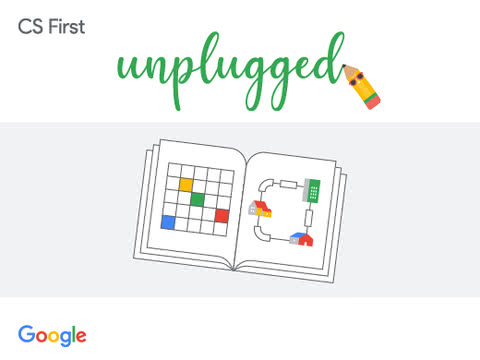
Code a Chatbot with the Female CS Pioneers: Learn how to code a chatbot, a computer program you can have a conversation with while learning about the famous women pioneers of computer science.

Minecraft Tale of Two Villages: The new Minecraft Hour of Code tutorial is now available in Minecraft: Education Edition for Windows, Mac, Chromebook, and iPad. Learn the basics of coding and explore diversity and inclusion with your students! Access free resources including a lesson plan, videos, computer science curriculum, equity lessons, and teacher training.

Dance Party: Code.org has updated its very popular Dance Party, Code a Dance Party to share with your friends. Featuring updated tracks from Katy Perry, Shawn Mendes, Lil Nas X, Panic! At The Disco, Jonas Brothers, and many more!
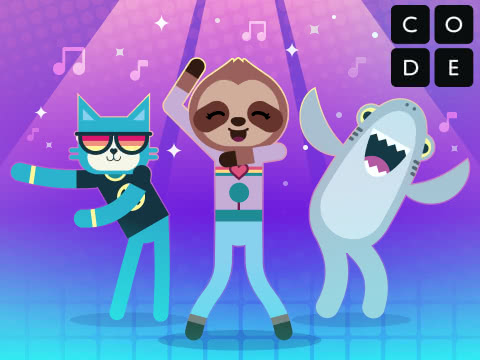
Finally… we have also come up with our simple Hour of Code project with j2e coding platfrom Visual, showcasing our new Computing logo/character G.R.I.D (General Resource Information Droid)
This fun animation/game uses simple inputs and broadcasting to change sprites/costumes, We know this is a very simple project and your students can do much better so why not challenge yourself and them to remix the project? Why not make your own robot designs? Or can you make the robot move? Can you add more buttons? What could they do? Here is the project in j2e to get you started! The most creative use of code from a school will win a small grab bag of LGfL/computing goodies, just share your examples on social media and tag LGfL into the post for a chance to win.
Computer Science Education Week is held annually in recognition of the birthday of computing pioneer Admiral Grace Murray Hopper, an inspiring female figure in the world of computing science. For more inspirational female computer scientists, LGfL has created Women in Computing which recognises the many and varied achievements of women in computer science and hopes to inspire future programmers.
In 2016, Apple launched Everyone Can Code, a comprehensive programme and curriculum to help students of all abilities, from kindergarten to college, learn coding to solve problems and prepare them for the workforce. Develop in Swift was released in 2019, and today more than 9,000 K-12 and higher education institutions worldwide are using the Everyone Can Code and Develop in Swift curricula from Apple.
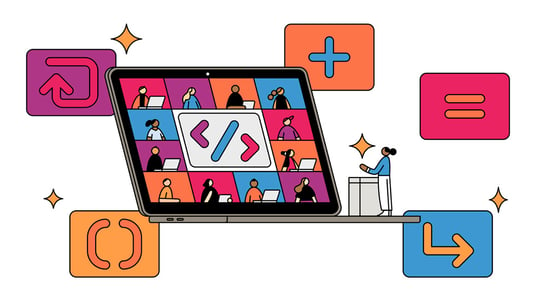
Everyone Can Code curriculum to help introduce more primary school students to the world of coding. The curriculum includes resources for teachers, a guide for students and Swift Coding Club materials. Everyone Can Code Puzzles is a student guide to Swift Playgrounds where each chapter helps students build on what they already know, experiment with new coding concepts and creatively communicate how coding impacts their lives. A companion teacher guide supports educators in bringing coding into their classrooms with helpful ways to facilitate, deepen and assess student learning. Apple has recently released the next set of books in its Everyone Can Code curriculum. “Everyone Can Code Adventures” is designed for students who have already completed “Everyone Can Code Puzzles” and offers more advanced opportunities to build with Swift code. Students will learn about important programming concepts used in app development as they work through more challenging lessons in Swift Playgrounds.
Google offers CS First, a free computer science curriculum that anyone can teach. Designed for students ages 9-14 of all interests and experience levels, students learn collaboration and core computer science concepts as they create their own projects. Educators lead the way with easy-to-use lesson plans, tutorials, activities, and resources Get started with CS First
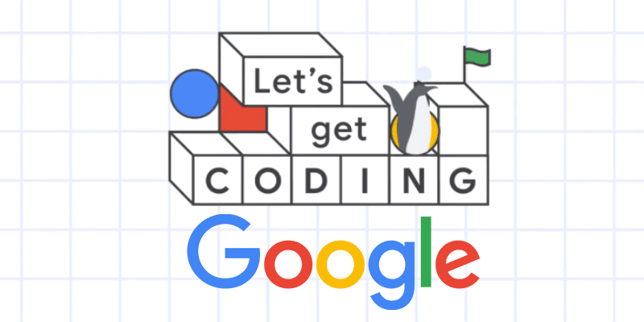
Remember The Hour of Code does not cover all of the computing science strands of the computing curriculum but does offer a range of highly structured, fun activities to help both students and teachers gain confidence with computing science. Coding isn’t just for an hour, it should be an ongoing journey – for support look to see how Computing.lgfl.net can support with other areas of the computing curriculum.
We would love to see and share your amazing Hour of Code projects, you can post them on Twitter or Facebook and with the hashtag #HourofCode #CSforSocialJustice
